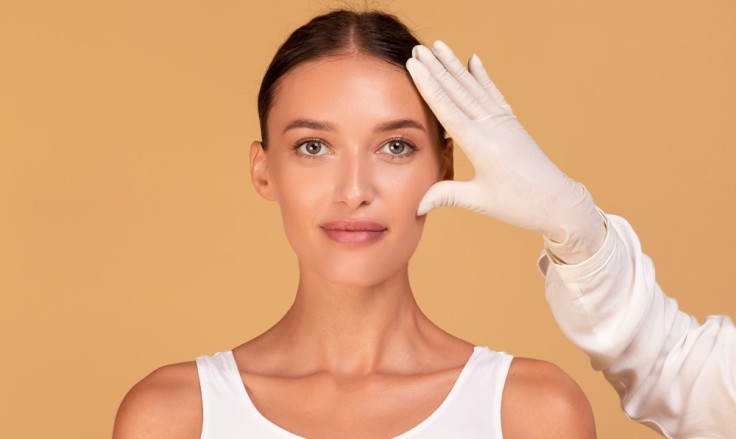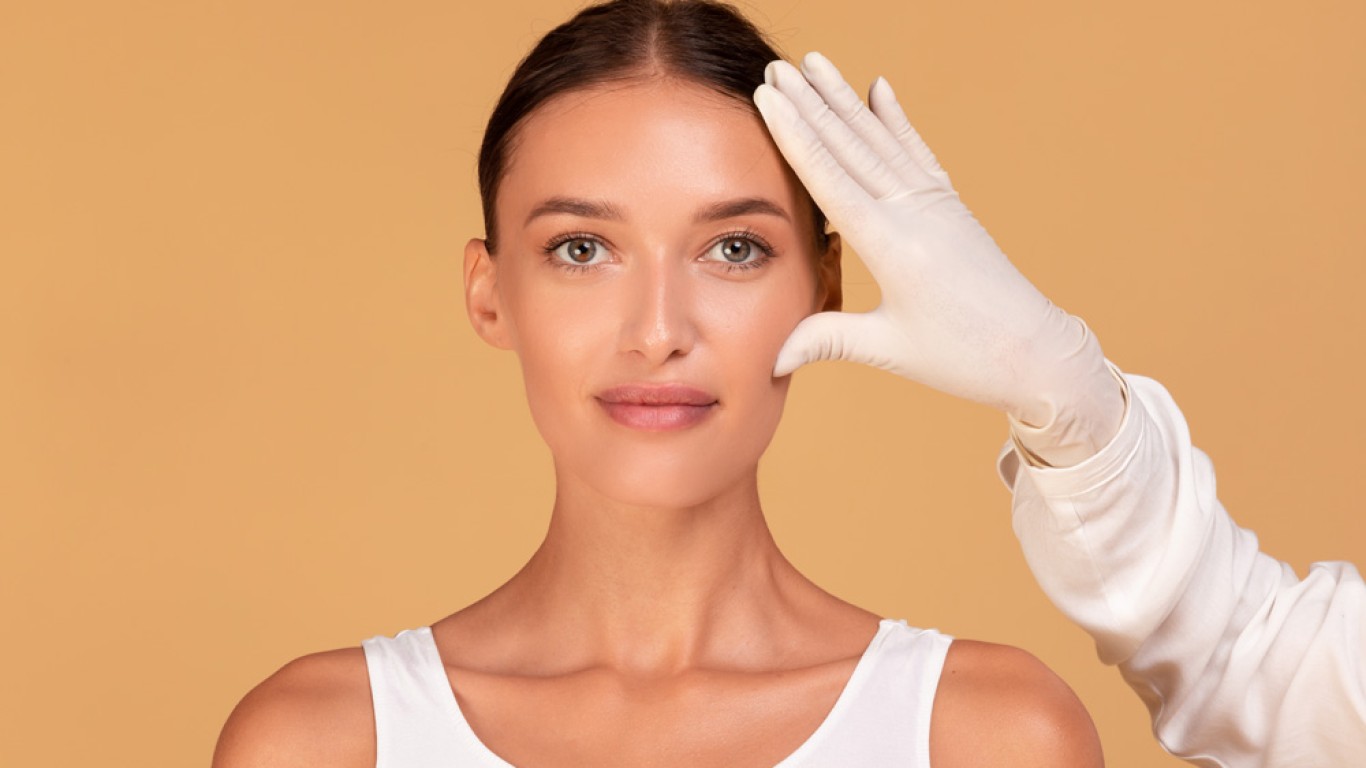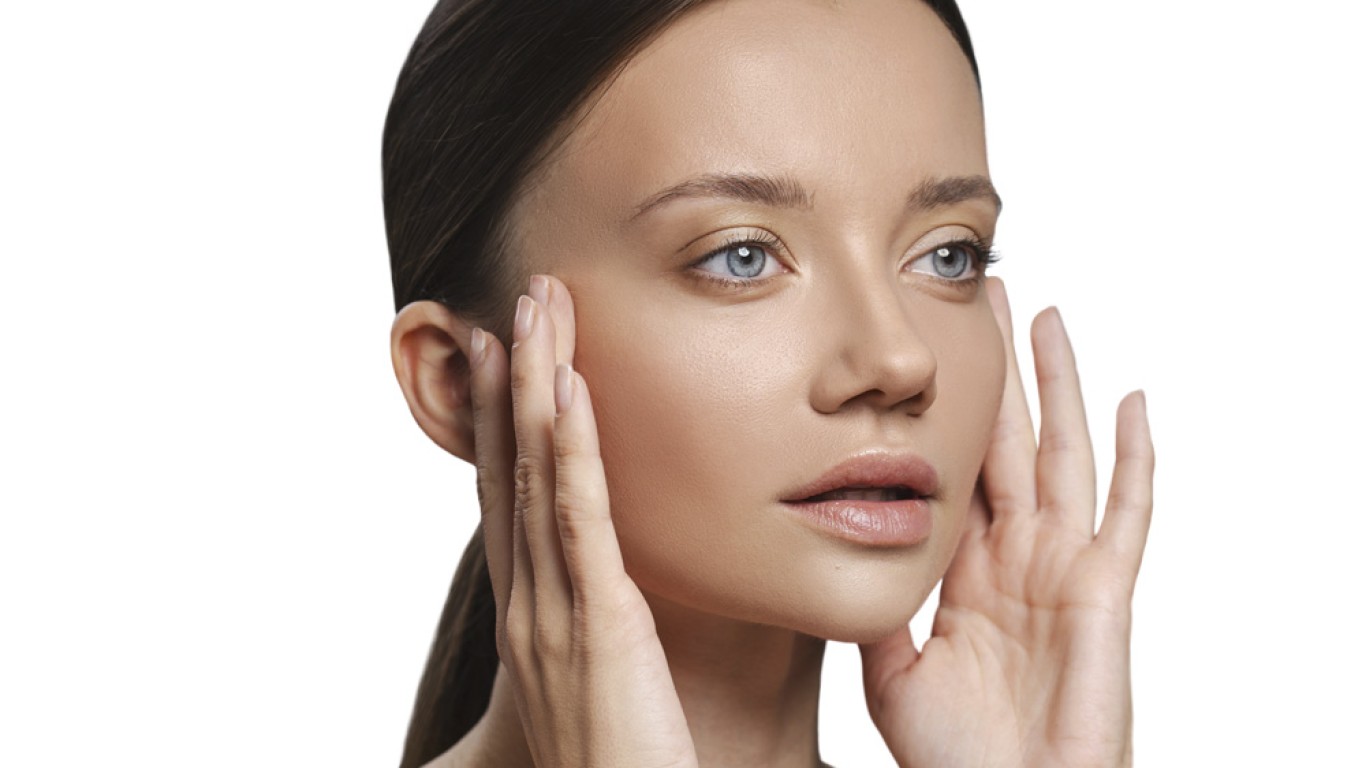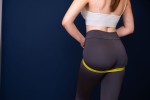Introduction
Cheekbones shape how a face is read. They frame the eyes, define the profile, and influence harmony. Throughout history, high cheekbones have been praised, while low cheekbones are often less celebrated. But what do these terms truly mean? And does one always equal beauty? This article explores the differences between high cheekbones vs low cheekbones. It will highlight themes such as anatomy, culture, and the ways treatments enhance both.
High Cheekbones vs Low Cheekbones: The Anatomy of Cheekbones
The cheekbone, also known as the zygomatic bone, sits beneath the eye. Its position varies from person to person. When the bone sits higher, closer to the socket, it creates the “high cheekbone” appearance. When it sits lower, closer to the midface, it forms “low cheekbones.” Neither is unhealthy; both are simply natural variations. Yet their position significantly changes facial structure and balance.
High Cheekbones vs Low Cheekbones: Defining Features
High cheekbones sit beneath the eyes, giving the face angularity and definition. They create natural shadows, highlighting the eyes and slimming the face. Makeup artists often mimic this look with contouring, showing how powerful cheek placement is. High cheekbones are strongly linked with youthful and sculpted appearances. This explains their lasting popularity in fashion and film.
High Cheekbones vs Low Cheekbones: Defining Features
Low cheekbones rest closer to the nose and midface. They often make the face appear rounder and softer. Some associate them with warmth and approachability, contrasting with the striking look of high cheekbones. While less emphasised in beauty standards, low cheekbones can still be attractive. Their softer appearance often complements specific face shapes. This proves that beauty is not limited to one type of facial structure.
High Cheekbones vs Low Cheekbones: Cultural Perceptions
Cultural ideals heavily influence how cheekbones are valued. In Western media, high cheekbones have long symbolised elegance and strength. Supermodels and actors with sculpted cheeks dominate magazines and screens. However, this can differ in other cultures. Softer, rounder faces linked with low cheekbones are actually seen as youthful and friendly. These shifting ideals prove beauty is never absolute but shaped by context.
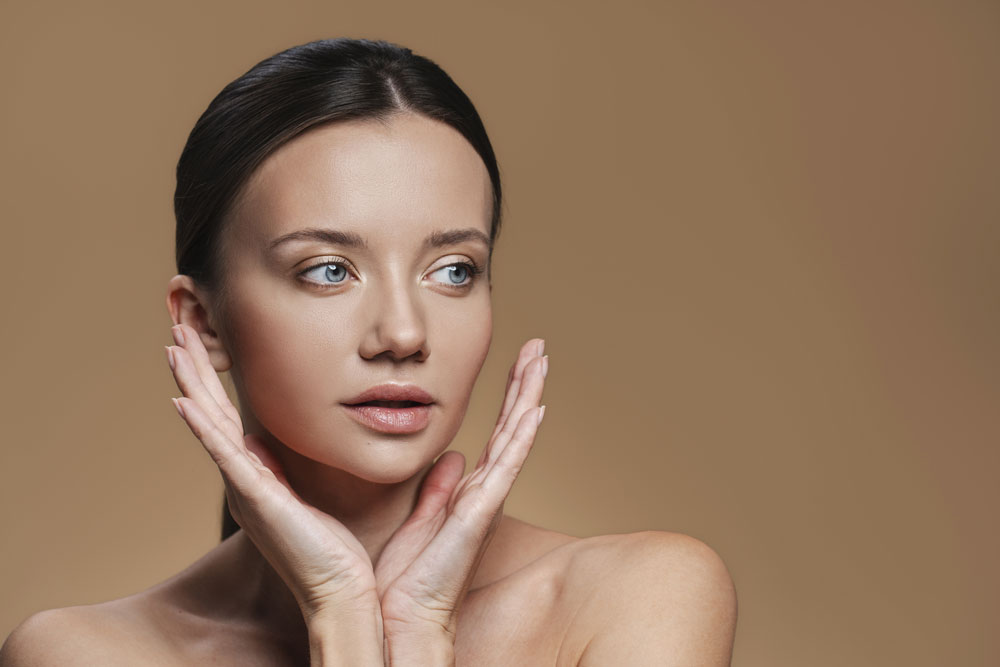
Myth vs Fact: High Cheekbones vs Low Cheekbones
- Myth: Only high cheekbones are beautiful.
- Fact: Both cheekbone types can be attractive depending on balance and harmony.
- Myth: Low cheekbones always make the face look aged.
- Fact: Low cheekbones often create a youthful softness admired in many cultures.
- Myth: Surgery is the only way to enhance cheekbones.
- Fact: Non-surgical treatments like fillers can provide definition and lift effectively.
Treatments for High Cheekbones vs Low Cheekbones
Enhancement options for high cheekbones vs low cheekbones vary depending on goals. Dermal fillers are the most popular choice for adding definition. Strategically placed, they mimic the lift of high cheekbones. Fat transfer offers a natural alternative, using the body’s own tissue. For permanent results, cheek implants provide structure that lasts decades. On the other hand, those with high cheekbones may choose subtle fillers or skin treatments. This could help them to maintain youthful contour as they age.
Psychological Impact
Cheekbone position doesn’t only affect appearance; it shapes self-perception. Patients with low cheekbones sometimes describe feeling less “defined” in photos. Those with high cheekbones often say their faces appear sculpted even without makeup. But, when enhancement is chosen, the change is about confidence more than bone. Restoring balance helps people feel like their features reflect how they see themselves.
Conclusion
The debate between high cheekbones vs low cheekbones is not always about “better”. It is also about perspective. Both structures shape the face in unique ways. High cheekbones create angular definition, while low cheekbones provide softness and approachability. Treatments allow both to be enhanced when desired, ensuring harmony and balance. Ultimately, beauty lies in proportion and self-confidence, not bone height alone.
For more information and to book a consultation visit the ACIBADEM Beauty Center webpage.
Frequently Asked Questions
High cheekbones sit closer to the eyes, while low cheekbones rest nearer the midface.
Not necessarily — attractiveness depends on overall balance and personal preference.
Yes, fillers or fat transfer provide non-surgical contour and lift.
They often maintain definition longer, though all faces change with age.
Prices range from £300 for fillers to £10,000 for implants in the USA.
